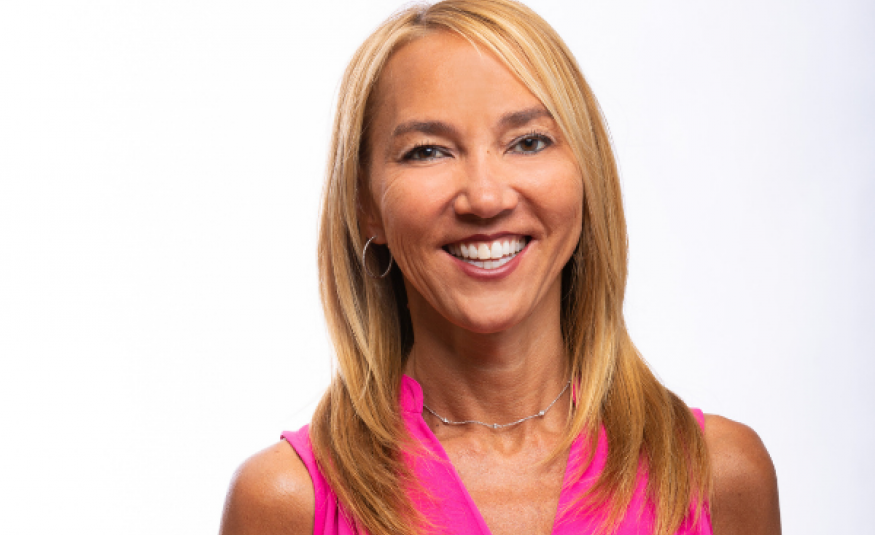By Danica Tormohlen, editor-at-large, Society of Independent Show Organisers (SISO)
As trade shows ramp up around the globe, organisers are gaining more experience with producing safe, successful events despite some new challenges. The key takeaway: Buyers in attendance are eager to buy, discover new products, meet with existing vendors, find new suppliers and network with peers. Exhibitors, particularly small and medium-sized enterprises, are reaping the benefits of the return to live.
Since the pandemic, SISO and UFI have produced eight case studies on how events are being held safely and how exhibitors and attendees are responding to the return to live. At the SISO Summer Conference in August, I moderated a panel with three of those show producers, including Tricia Barglof, executive director of the OFFPRICE Division for Tarsus Group; Mel Montes, director of business development & marketing of Airport Experience News (AXN) Conference for Clarion Events North America, and Eric Udler, owner, All Show Services, producer of Super Pet Expo and the New Jersey Home and Garden Show.
What’s trending in the US? Here are seven key learnings from that SISO panel:
1. What’s the buzz on site? For the OFFPRICE Show, 7-10 August in Las Vegas, “attendees were there to do business, network and meet new people,” said Barglof. “We had new attendees who have been experiencing inventory challenges and were desperate for product.” At the AXN Conference, held 15-18 August in Dallas, Montes said: “While our numbers were smaller, we had 10 new exhibitors. Some big companies sponsored instead of exhibiting. We offered more value-adds, like an Innovation Stage on the show floor with presentations by exhibitors.”
2. Trends in exhibitor re-sign rates. While AXN had 50% fewer exhibitors, 30% rebooked on site. “Some exhibitors were willing to sign multi-year deals,” said Montes. Barglof added: “We offered a loyalty rate for exhibitors who supported the shows. The number of exhibitors was 50% of our pre-pandemic level, but 50% rebooked, about the same percentage as a non-pandemic year.” Udler reported Super Pet Expo rebooked “half of what we usually do, but 95% of our exhibitors are small businesses.”
3. Staffing and labour around the show. “It’s been impacted,” Barglof said. “Shipping into the show was a challenge for our August event.” She said OFFPRICE didn’t experience any staffing issues with general contractor services, but there were some challenges with non-union services like catering, cleaning and security. Many hotels, restaurants and transportation services were not yet fully staffed. “Plan extra time, make reservations, and schedule rideshare services,” advised Barglof. Montes added: “We noticed staffing issues, but our customers are also challenged to hire, too.”
4. Marketing and communicating in the pandemic era. “We sent weekly emails and talked to the C-suite regularly,” Montes said. OFFPRICE created ‘Health and safety: Know before you go’ videos that were shared via social media, email and the show website. So, what of the communication strategy if there are Covid cases after the event? “We would turn it over to the local health officials for contact tracing and reporting,” Barglof said.
5. Supply chain issues impacting exhibitors. “Some exhibitors had to cancel because they didn’t have product,” Bargloff said. “We felt the impact in the short term, but we are hearing predictions that the issues will be resolved by 2022.”
6. Vaccinations for staff. “We did not require vaccinations for staff, but they had to have a negative Covid test result to travel to the show without a vaccine,” Barglof said and Montes noted Clarion’s policy was the same.
7. Planning now vs. then. “Everyone is making decisions so late,” Montes said. “It didn’t look like our event was coming together until the last two weeks before the show.” Barglof added that they had held out as long as possible on signage, “because we heard the mask mandates might change”.





